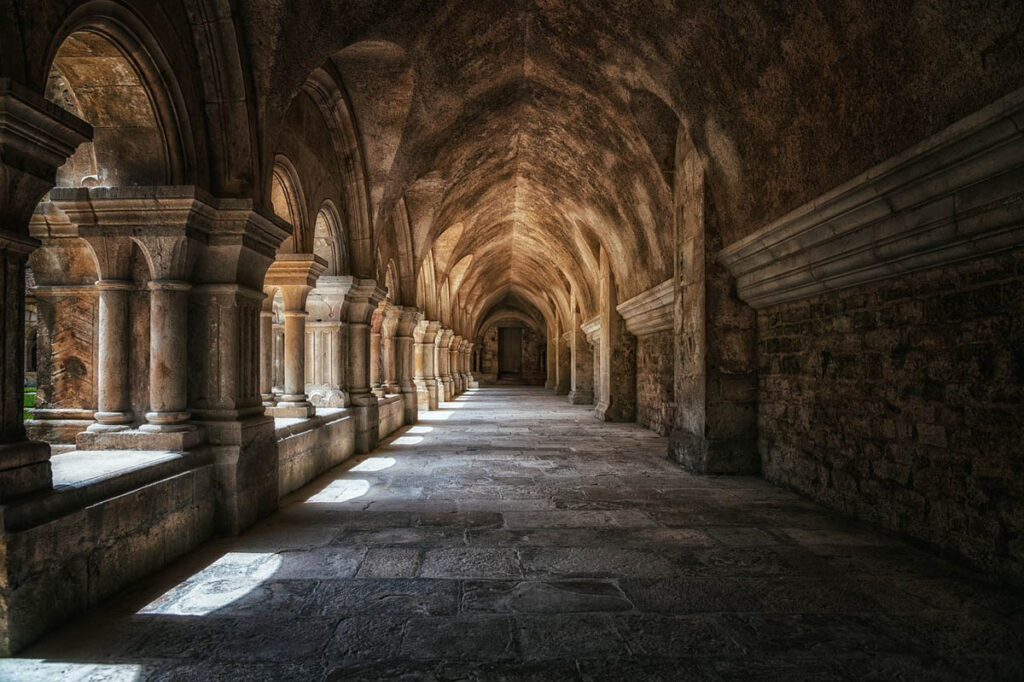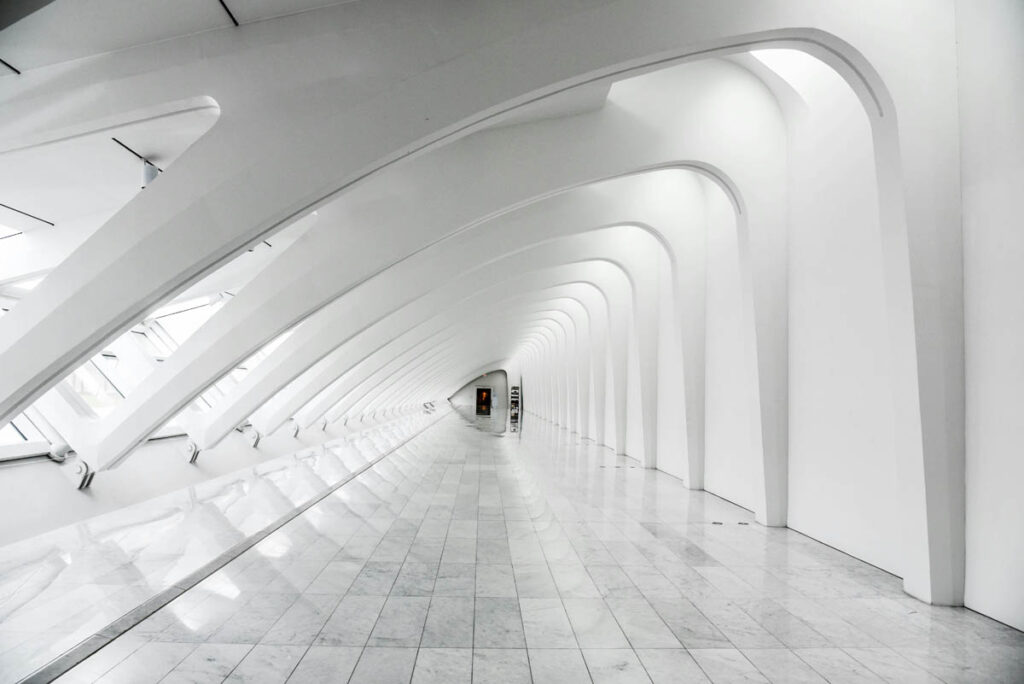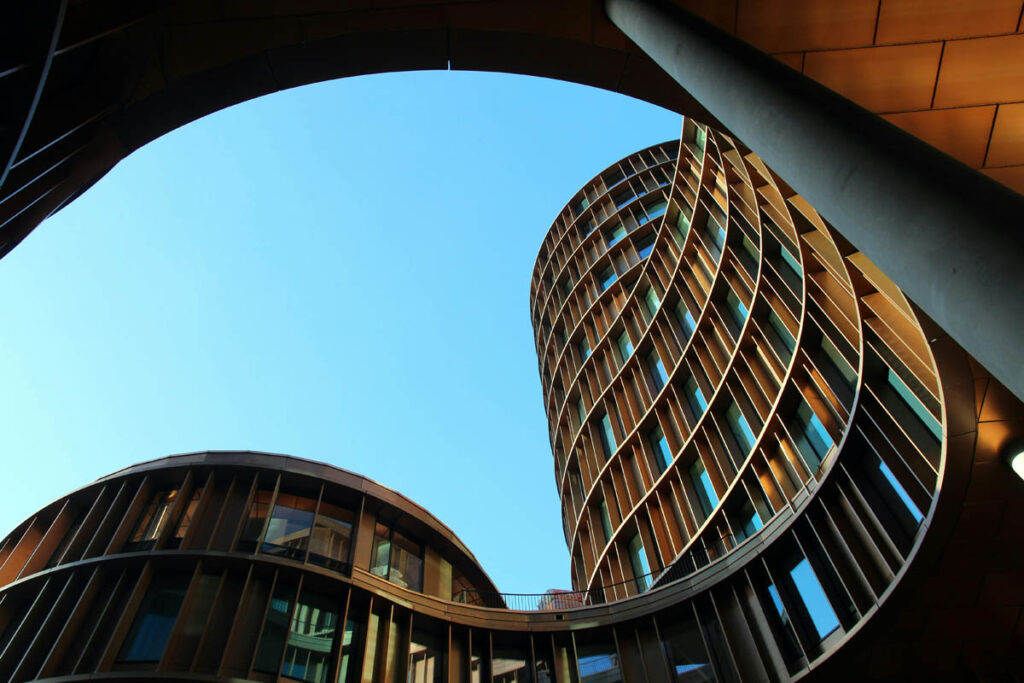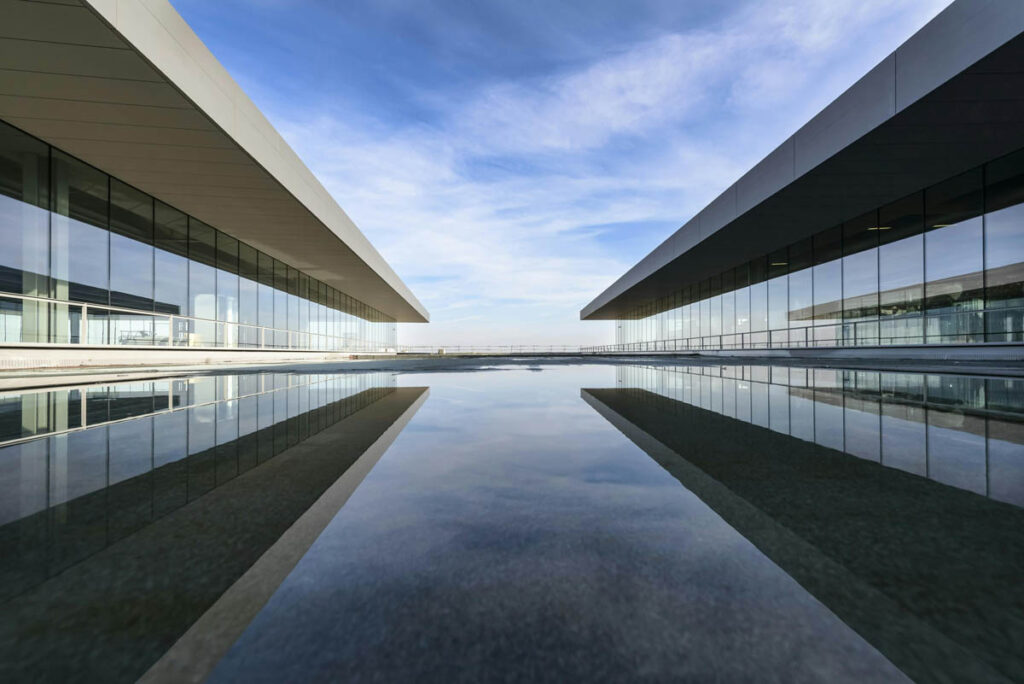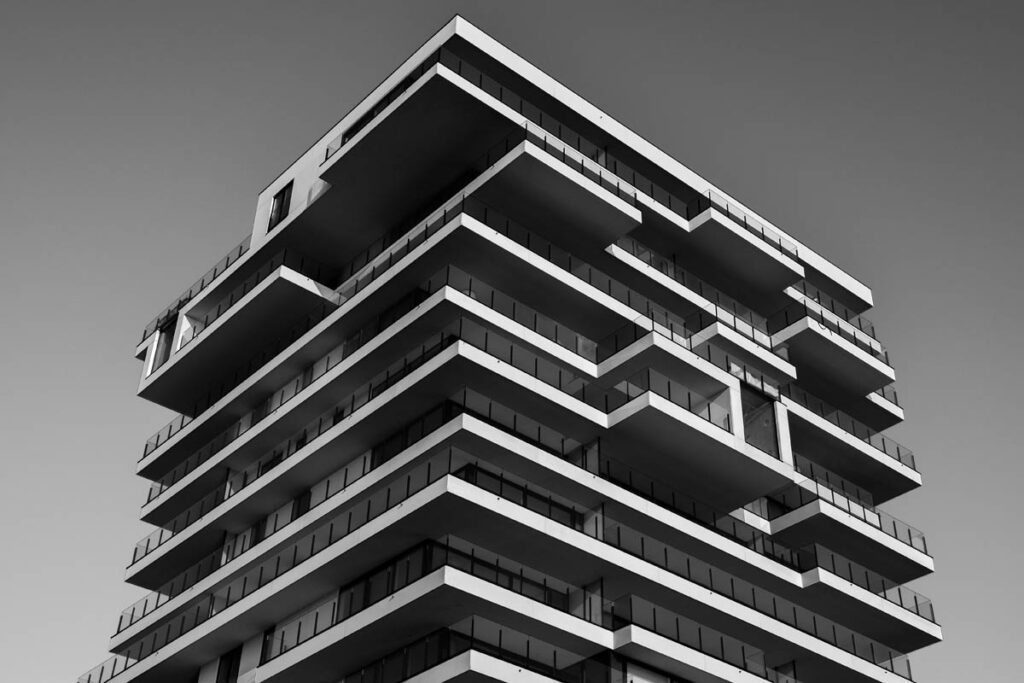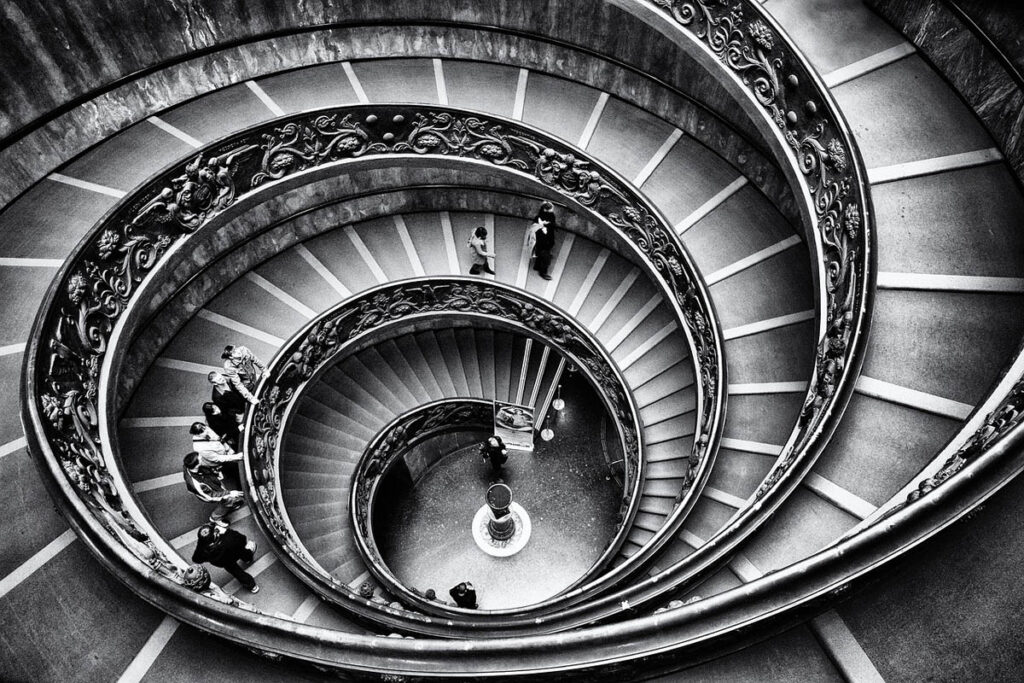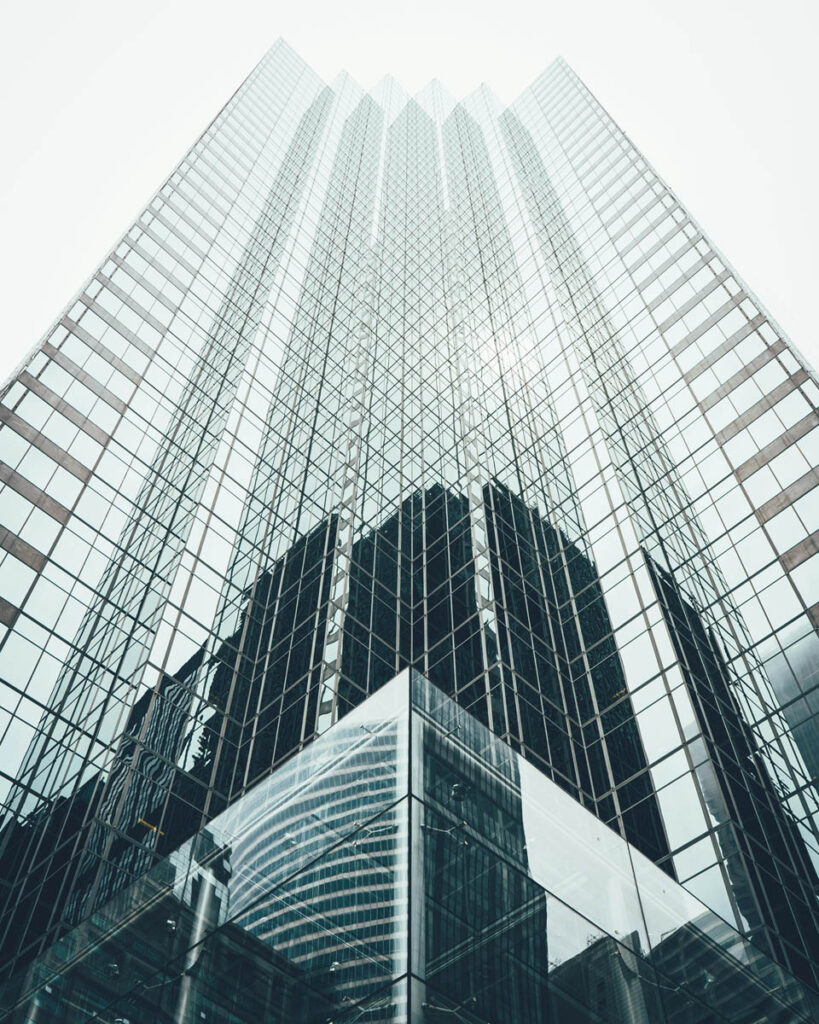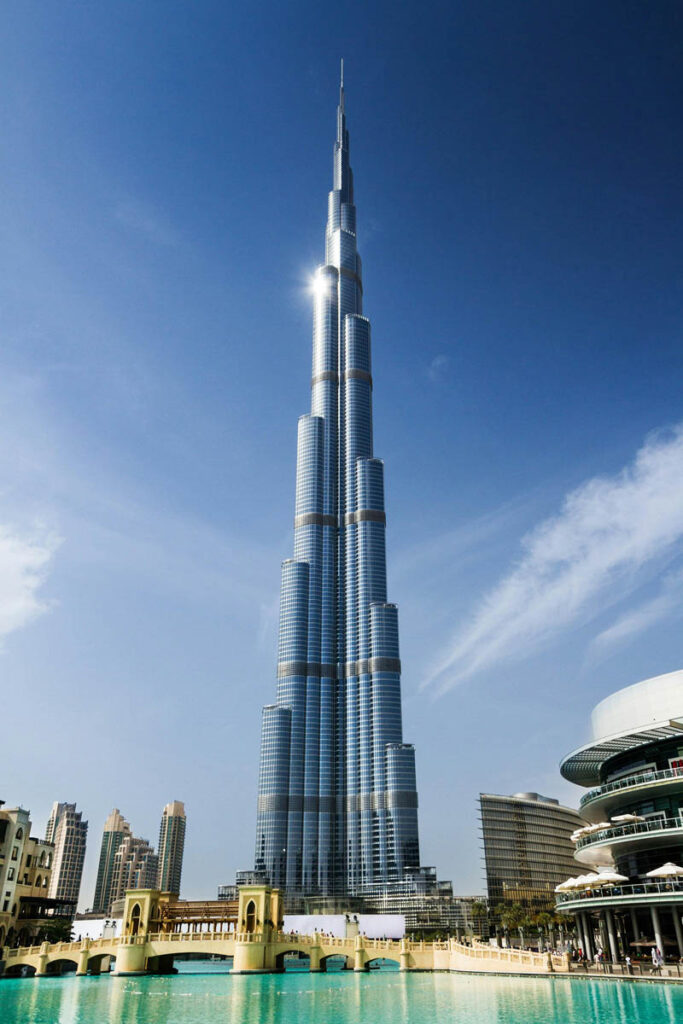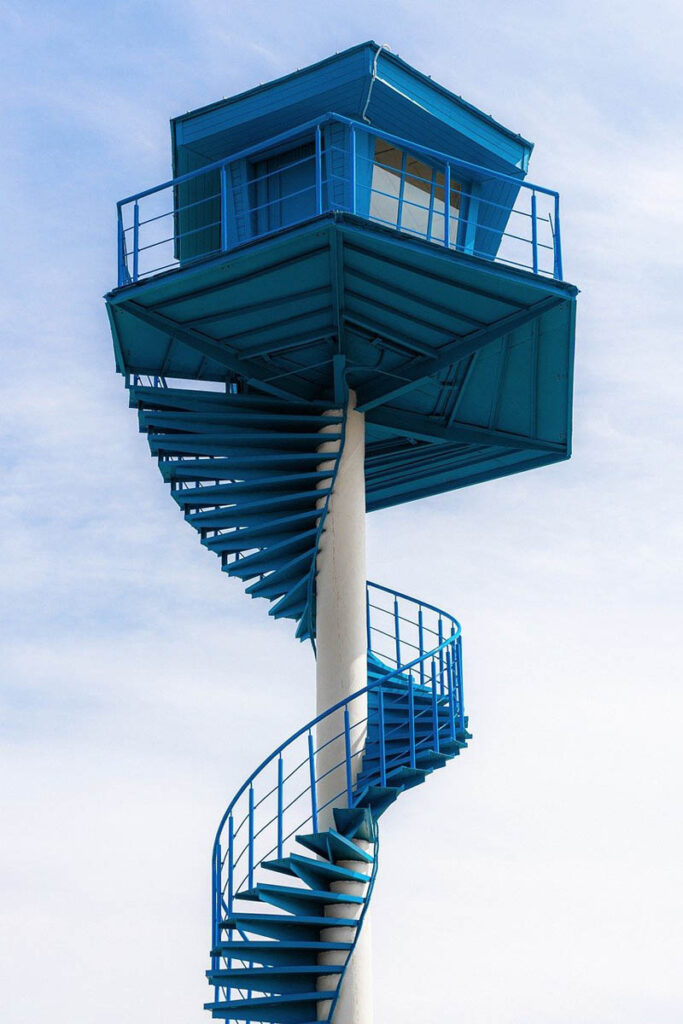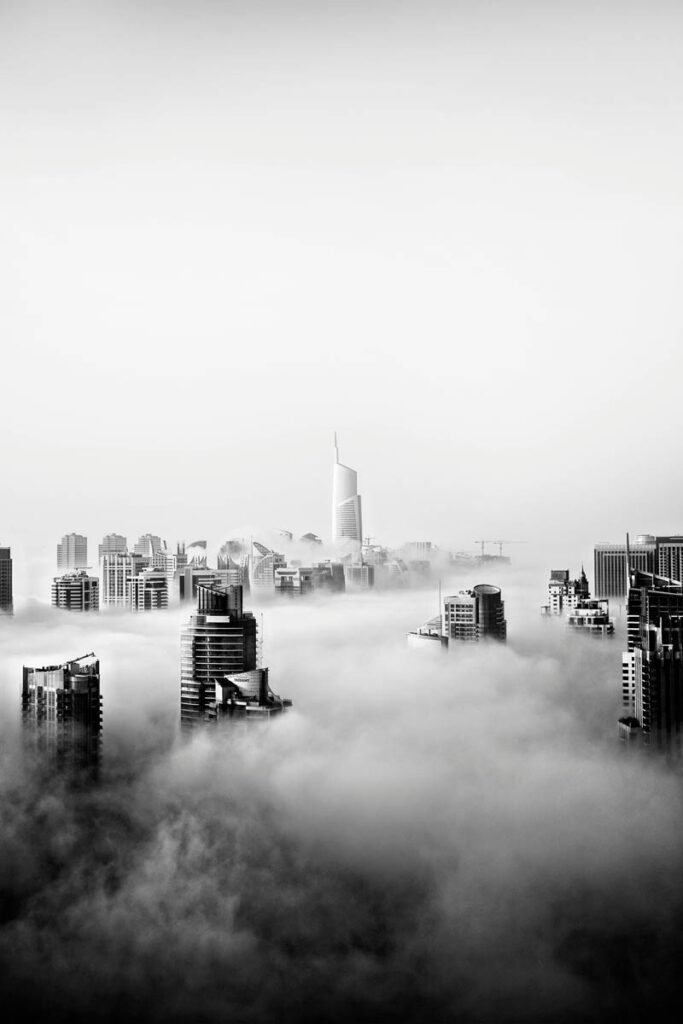Architectural photography is a specialized genre that captures the essence and beauty of buildings, structures, and spaces. This form of photography combines technical skill with artistic vision, making it a vital aspect of architecture, real estate, and design. In this in-depth analysis, we will explore the key elements of architectural photography, essential techniques, and its importance in various industries.
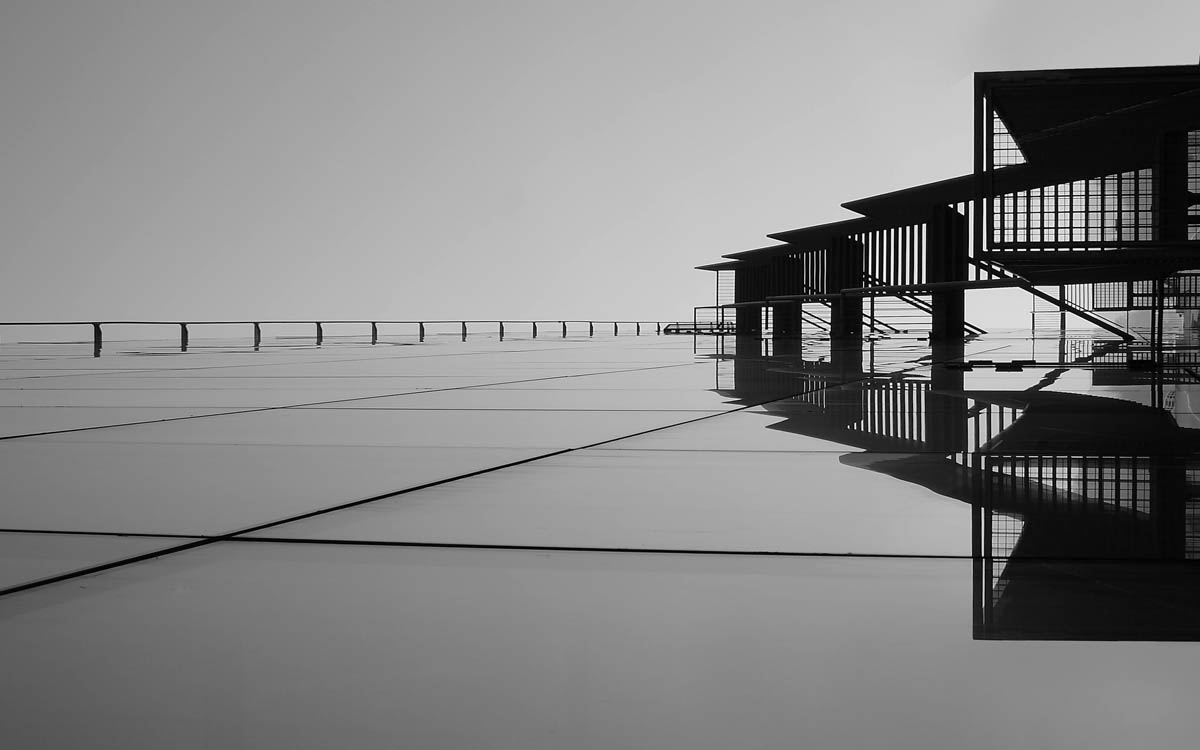
What is Architectural Photography?
Architectural photography involves photographing buildings and other structures in a way that is both aesthetically pleasing and informative. This genre not only captures the physical attributes of a structure but also conveys its context, functionality, and atmosphere.
Key Elements of Architectural Photography
Composition
The arrangement of elements within a frame is crucial in architectural photography. Techniques such as the rule of thirds, leading lines, and symmetry play a significant role in guiding the viewer’s eye and creating a harmonious image.
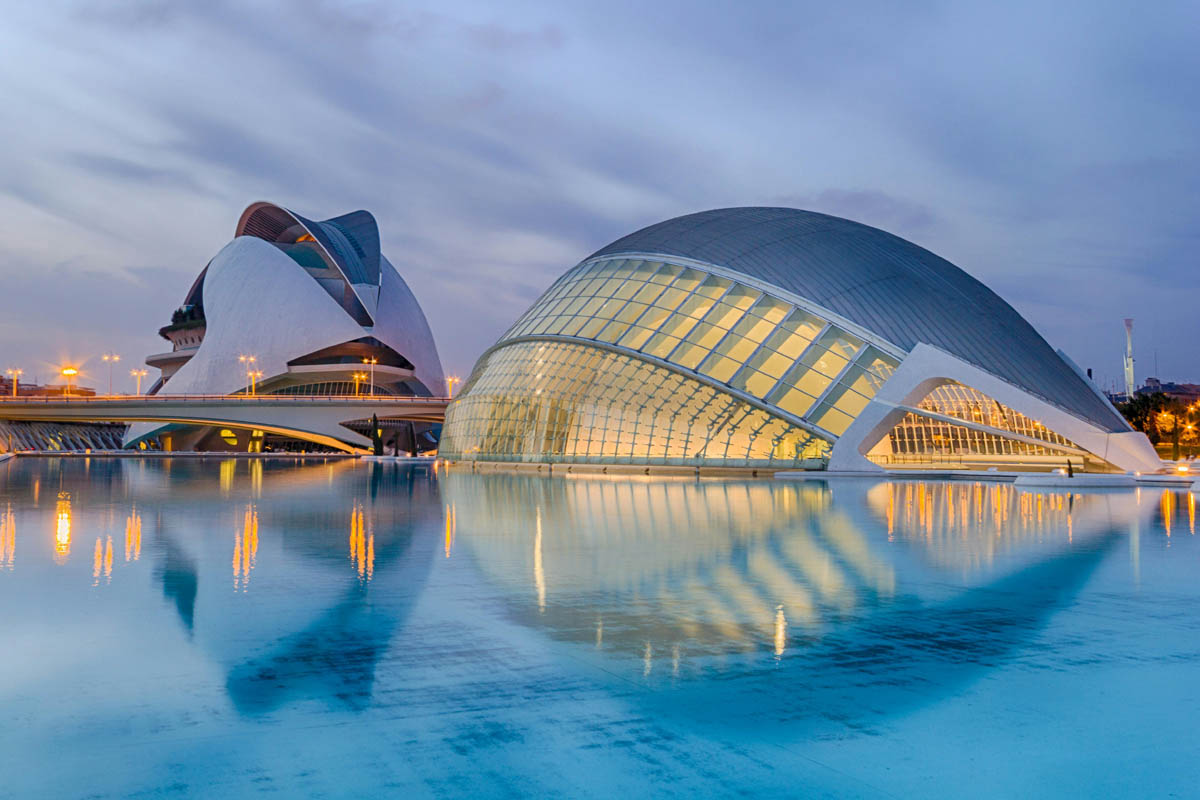
Lighting
Natural light can dramatically change the perception of a building. Photographers often prefer shooting during the golden hour—shortly after sunrise or before sunset—when the soft, warm light enhances textures and details.
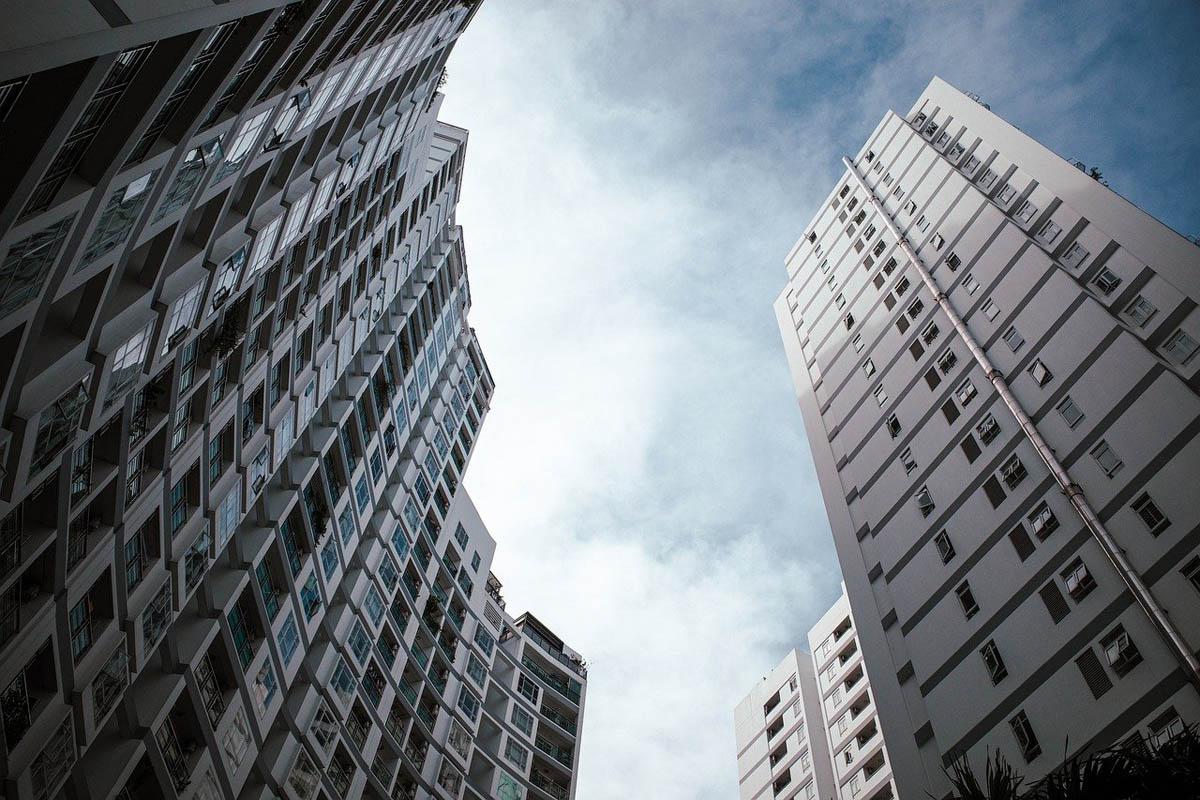
Perspective
Understanding and manipulating perspective is essential. Photographers often use wide-angle lenses to capture the grandeur of a building, but careful consideration must be given to avoid distortion.
Details
Architectural photography is not just about capturing the entire structure; it’s also about highlighting intricate details—textures, materials, and unique design elements that tell the building’s story.
Context
Placing a building within its environment adds depth to the photograph. Contextual shots can showcase how a structure interacts with its surroundings, enhancing the narrative of the image.
Essential Techniques for Architectural Photography
1. Equipment
Investing in the right equipment is crucial. Here are some must-have tools:
- Camera: A DSLR or mirrorless camera with manual settings allows for greater control over exposure and composition.
- Lenses: Wide-angle lenses (16-35mm) are commonly used to capture the entirety of large structures, while tilt-shift lenses help control perspective distortion.
- Tripod: A sturdy tripod stabilizes the camera, especially in low-light situations, ensuring sharp images.
2. Post-Processing
Editing is an essential step in architectural photography. Software like Adobe Lightroom and Photoshop allows photographers to enhance images, correct distortions, and adjust lighting. Common techniques include:
- Lens Correction: Correcting distortions caused by wide-angle lenses.
- HDR Imaging: Combining multiple exposures to capture a broader dynamic range, especially in challenging lighting conditions.
- Color Correction: Adjusting color balance to achieve a true-to-life representation of the building materials.
3. Planning and Timing
Successful architectural photography often requires careful planning. Researching the location, understanding the best times for natural light, and being aware of seasonal changes can significantly impact the final images.
The Importance of Architectural Photography
1. Real Estate Marketing
In the real estate industry, high-quality architectural photography is essential for marketing properties. Stunning images can attract potential buyers and help agents stand out in a competitive market.
2. Architectural Documentation
For architects and designers, architectural photography serves as a vital documentation tool. High-quality images can be used in portfolios, presentations, and publications, showcasing the design and execution of projects.
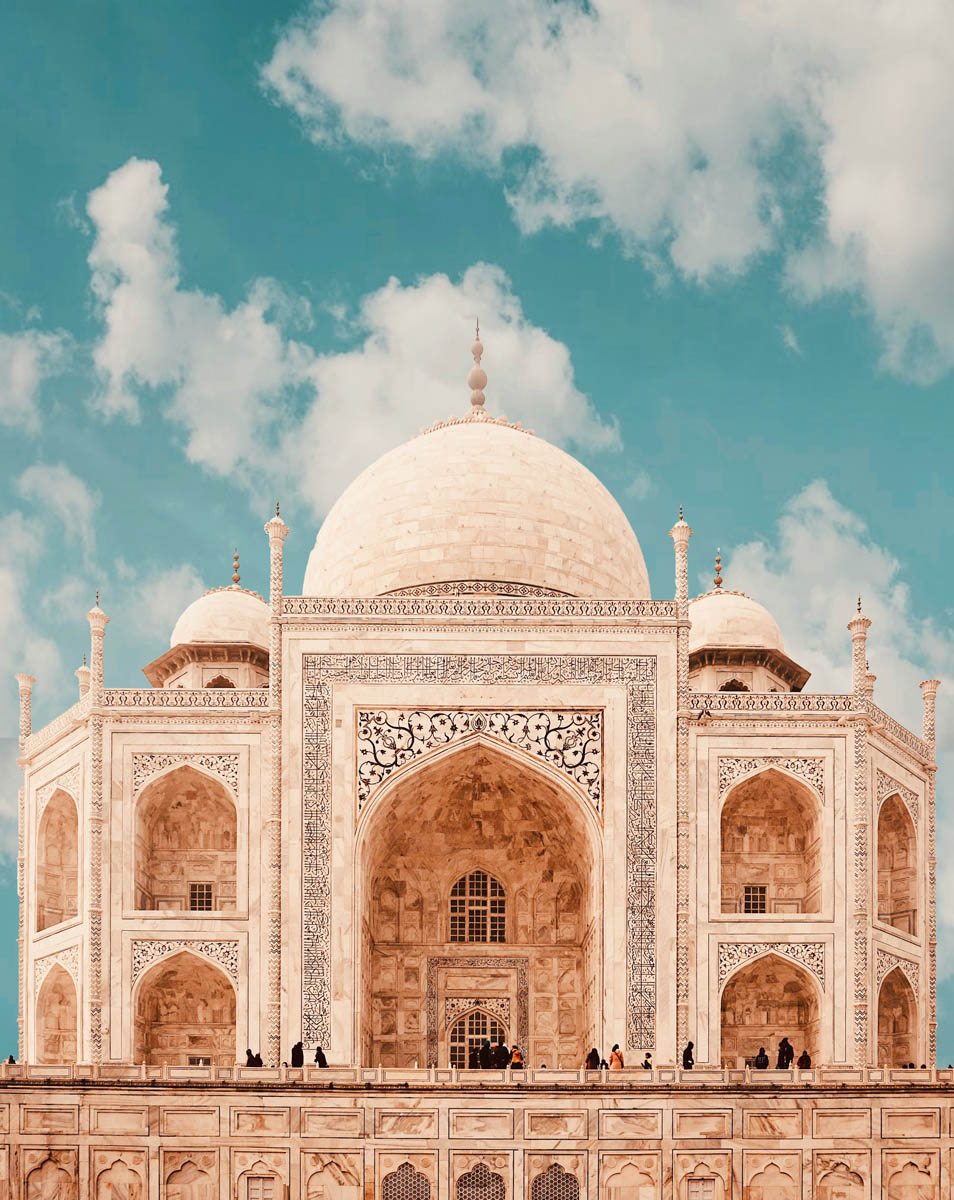
3. Historical Preservation
Architectural photography plays a crucial role in documenting historical buildings. Capturing the essence of these structures helps preserve their legacy and informs future restoration efforts.
Tips to Architectural Photography
1. Know Your Equipment
- Camera and Lenses: Use a DSLR or mirrorless camera. A wide-angle lens (16-35mm) is great for capturing the entire structure.
- Tripod: Essential for stability, especially in low light or for long exposures.
2. Study the Building
- Research: Understand the architect’s vision and the building’s purpose.
- Lighting: Visit at different times of day to see how light interacts with the structure.
3. Composition Techniques
- Rule of Thirds: Position key elements off-center for a balanced image.
- Leading Lines: Use architectural features to guide the viewer’s eye.
- Framing: Use doorways, windows, or other elements to frame your subject.
4. Play with Angles
- Low and High Angles: Shoot from different heights and perspectives to find the most dynamic composition.
- Symmetry and Asymmetry: Look for both symmetrical and asymmetrical compositions for variety.
5. Details Matter
- Textures and Patterns: Capture close-ups of interesting textures, materials, and architectural details.
- Context: Include elements of the surrounding environment to provide context.
6. Use Natural Light
- Golden Hour: Shoot during sunrise or sunset for softer, warmer light.
- Overcast Days: Perfect for reducing harsh shadows and bringing out details.
7. Post-Processing
- Editing Software: Use tools like Lightroom or Photoshop to enhance your images. Adjust exposure, contrast, and colors.
- Perspective Correction: Correct distortion to keep lines straight, especially when using wide-angle lenses.
8. Experiment with Styles
- Black and White: Can emphasize shapes and forms.
- Long Exposures: Create dynamic images by capturing movement, like clouds or people around the building.
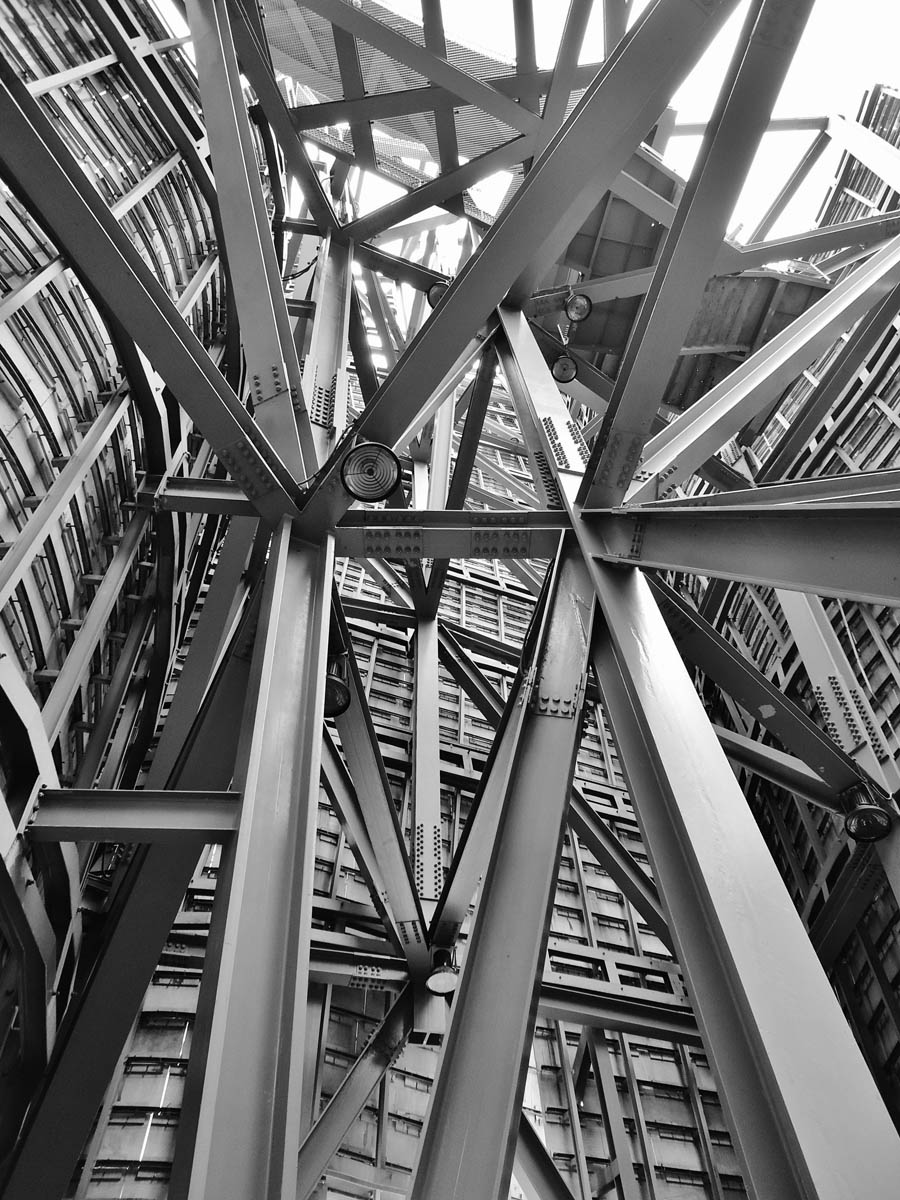
9. Know the Rules, Then Break Them
- While guidelines help, don’t hesitate to experiment and develop your unique style.
10. Be Patient and Observant
- Wait for the right moment—people walking by, changing light conditions, etc. Often, the best shots come when you least expect them.
Conclusion
Architectural photography is a powerful medium that transcends mere documentation; it captures the spirit, design, and context of buildings and spaces. By skillfully blending technical expertise with artistic vision, photographers can create compelling images that convey the character and functionality of structures. Whether for real estate marketing, architectural portfolios, or historical preservation, high-quality architectural photography is invaluable.
As the built environment continues to evolve, so too does the role of photography in shaping public perception and appreciation of architecture. By mastering the essential techniques and understanding the importance of context, light, and composition, photographers can elevate their work and contribute significantly to the architectural narrative. Embracing this art form not only enhances individual projects but also enriches our collective understanding of the spaces we inhabit.

